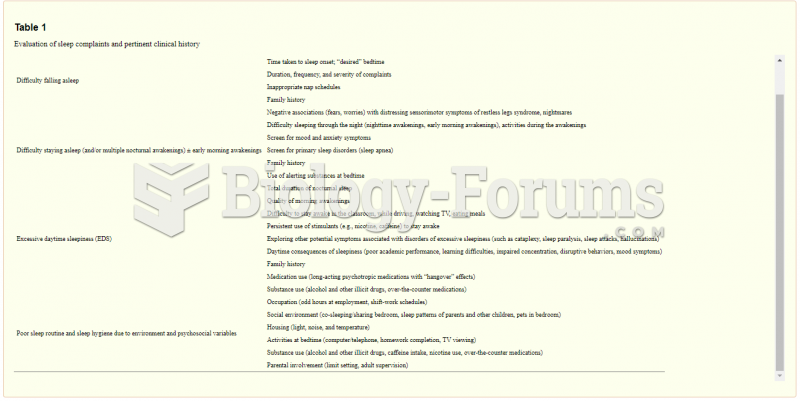Answer to Question 1
Over the last ten years, radio-frequency identification (RFID) has had an up-and-down roller coaster ride like no other technology. It is simultaneously hailed as a great SCIS tool and panned as an overpriced feature that does little more than what is accomplished by a much cheaper barcode. The reality is likely somewhere between these two extreme perspectives.
RFID technology has been available for decades and is widely used for aircraft identification, toll collection, and library book tracking. However, supply chain applications did not receive much attention until major organizations like Walmart took an active interest in RFID. In 2005, the company issued mandates for major suppliers to tag select pallets and cases. The rollout was expected to gain momentum, but as of 2010 only 600 suppliers and a limited number of Walmart and Sam's Club distribution centers and stores were using RFID tags to capture key data.
Initial results of RFID tests were positive. Users noted that out-of-stocks decreased, theft was reduced, and inventory level information could be quickly captured. Still, numerous issuesthe high cost of RFID tags, read reliability problems related to liquid and metal products in particular, tag durability, and the economic downturnlimited deployment of the technology. Also, the technology has not always provided noteworthy benefits over less costly alternatives such as barcodes.
Despite these challenges, industry experts are convinced that RFID will gain widespread acceptance. As the economy improves, cost and performance problems are mitigated, and future enhancements are made, RFID spending is expected to increase dramatically. The prospects of faster return on investment for RFID implementations, greater product visibility and traceability, and process automation will further propel RFID to the forefront of technology initiatives.
Answer to Question 2
Structural equation modeling
SEM







